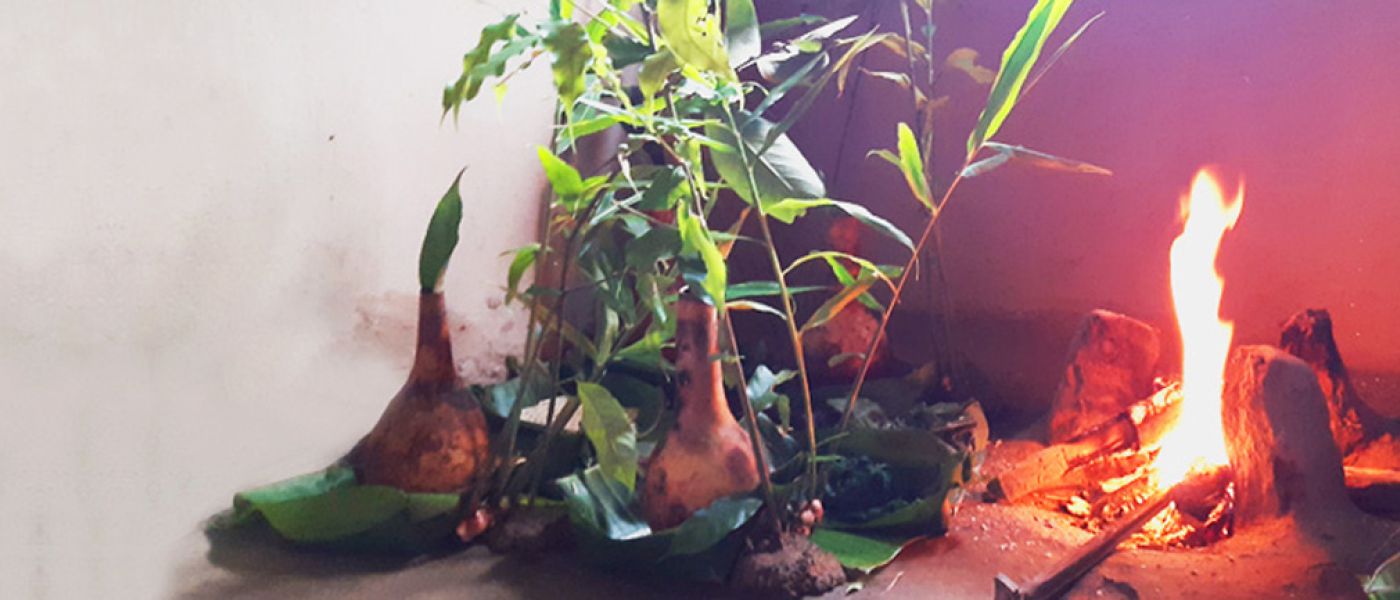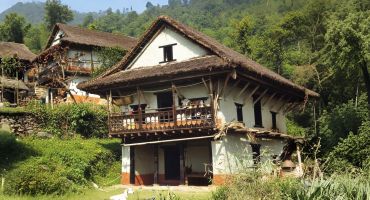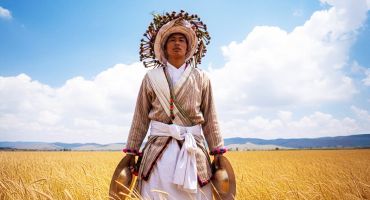Khambu is a tribe. Within this tribe there are subgroups or sub-tribes which are known as Thars. At present there are 28 Thars within the Khambu tribe. Khambu is a tribe. Within this tribe there are subgroups or sub-tribes which are known as Thars. At present there are 28 Thars within the Khambu tribe. Khambu is a tribe. Within this tribe there are subgroups or sub-tribes which are known as Thars. At present there are 28 Thars within the Khambu tribe.

Table of Contents
Thar
Khambu is a tribe. Within this tribe there are subgroups or sub-tribes which are known as Thars. At present there are 28 Thars within the Khambu tribe. Some of the more populous ones are Chamling, Bantawa, Kulung, Thulung, Khaling, Bahing, Mewahang, Lohrung, Athpahare, Nachhiring etc. This division of the Khambus into various sub-tribes allows for the minor alterations in the ritualistic practices while the essence of the traditions remains homogeneous largely.
Pacha
Within the sub-tribe is the system of clans. Thars are further classified into various minor clans known as Pacha. Pa = Father and Cha =Son. Therefore this system is what can be called a family name passed on by father to son. As families spread, it is the Pacha which keeps them connected over many generations. Therefore two people with the same Pacha cannot intermarry. Pacha is used for general introductions of origin whereas Samet is used for special introduction of origin. Similar Pacha denotes that they are descendents of the same ancestral line which had been divided into further mini tribes in the old days. It is said that once a person owns his own Pacha, he will have to survive on his own for 7 generations after which Pacha becomes valid. Once a girl gets married, she acquires her husband’s Pacha while her traditional Samet remains unchanged.
Samet
There is a further classification within the Pacha known as the Samet or Same. Samet is
again further classified into Hongchi Samet which consists of the Female and Male Samet (prevalent among most Thars). There is another kind of Samet which is known as Sichi Samet. This is the Samet of the deceased which is usually required for invocation during Mang Sewa (Ancrestral Worship).
Samet is the relationship of man to his ancestors. It is used as an association with his ancient forefathers is can be interpreted not just in the kinship category but more at a spiritual level. Samet is the original or proto name which identifies people, clans and objects in their relations with the ancestors. Samet relates a person to a group beyond his or her own clan to the original clan or group.
It is important to pronounce the name of the Samet of the groom and the bride at the time of marriage. It is important to pronounce the Samet of the deceased person at the time of his funeral. Even when Shamans are healing a person, they require the Samet of the person to be treated.





Im Bantawa KHESHANG what can be my pachha and sammet, I dnt have any idea, my parents also don’t know, so I’m in big problem
खेसाङ एउटा पाछाको नाम हुनुपर्छ। ताम्लाछा, खेसाङछा अनि यामाहाङछा विहेबारी नचल्ने एउटै सन्तान हो भनेर मेरो बडाबाउले भन्नुहुन्छ।
ANY ONE KNOWS Phulmocha (same)PLZ REPLY
Hi Pradeep Do we have any books in English or Nepali where we can find more information.one question why we don’t eat goat ?
Can you plz reply on your free time
To the best of my knowledge, many traditions are orally transmitted. Regarding the consumption of goat, particularly among the Khambu people, while many do not eat goat, some do; this practice is traced back to crossing the Koshi River near Khuwalung.
According to the story, when the Kirati brothers parted ways from Khuwalung, the Khambus crossed the Koshi River, but one of their younger sisters was unfortunately swept away by the current. They searched for her body to perform the final death rites, but were unsuccessful. Having a goat with them, they decided to sacrifice it in their sister’s stead and completed the ritual, reciting the Mundum. Consequently, the Khambus refrain from eating goat meat because it is associated with their sister’s death ritual.
That’s what I’ve heard; however, the reasons may differ for others.
I am jerong gurba what can be my samet? please tell me. Thar-jerong pachha- gurba samet???
Dherei ananda padna ko lagi, Tara ajei bistar ma padna paye huntheo *Samet ko barema * Thanks
Thank you sincerely. Your comment is truly appreciated.
Thank you very much.